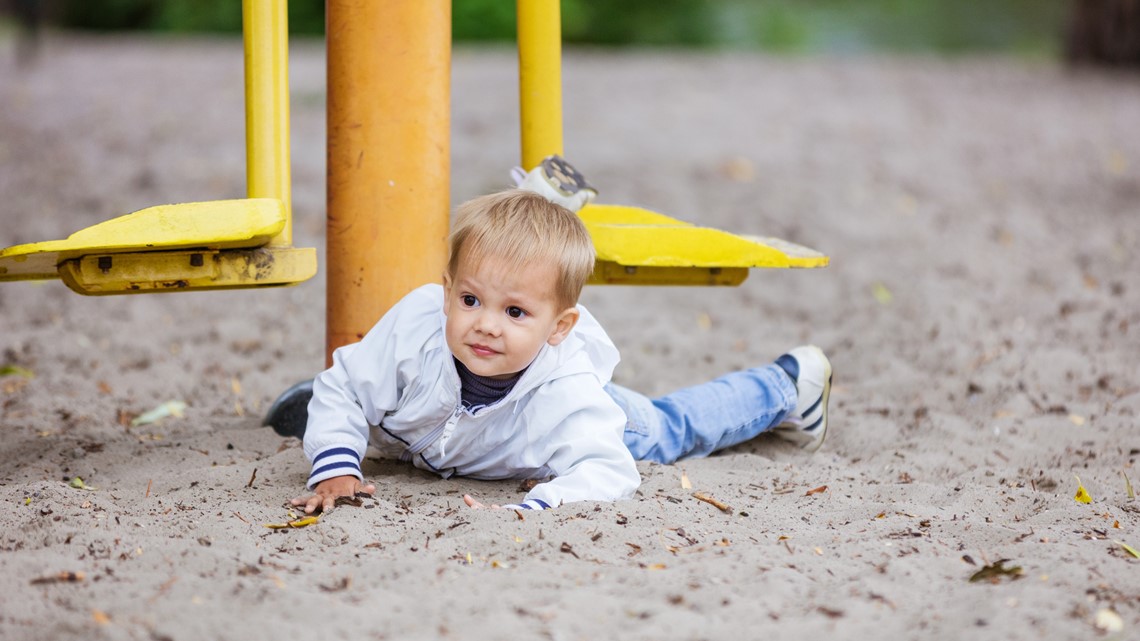ATLANTA — As the season changes, health organizations remind people of the dangers of severe falls with Falls Prevention Awareness Week.
The national health campaign is from Sept. 18-24 and focuses on educating and bringing awareness to the risk of severe injuries from falls with tips on how families can keep kids and older adults safe.
Jennifer Tripken is the Associate Director of the Center for Healthy Aging at the National Council on Aging. In an interview with 11Alive, she explained how falls are the leading cause of injury and the leading cause of death by injury in older adults.
In fact, the prevalence of falls in this population is one in every four adults.
Falling can result in severe injuries such as bone fractures and traumatic brain injuries, with recoveries that are extremely costly to individuals and their loved ones. This is why Tripken recommended older adults and their families be aware of the factors that can increase their risk of falling.
“We know from research that more than 60% of falls actually occur inside the home. So that to us, that's kind of one of the places where we can then start – Is taking a look at our home to see what kind of hazards are home presenting,” she said.
According to Tripken, the most hazardous rooms in the home are bathrooms and kitchens due to various slippery surfaces and the need to maneuver out of the shower.
However, seniors are not the only group with a high risk of falling.


According to Mayo Clinic, over 2 million children under 15 visit the emergency room for falls-related injuries.
Lin Snowe, Senior Wellness Program Coordinator of Children’s Healthcare of Atlanta Strong4Life and Safe Kids Georgia said severe falls are the most prevalent cause of unintentional injury in children and can happen “at home, at play and on the way.”
“The most common type of falls and it's about 45% for children are playground related. And so more than 200,000 children, ages 14 and under are treated for playground injuries in emergency departments each year,” Snowe said.
These injuries can include concussions, dizziness, internal fractures, loss of motor skills, speech changes and convulsions.
If a child does have a severe fall, she encourages parents to watch for the signs and quickly call emergency services.
“Ensure that they are not suffering from concussion, make sure that they're not dizzy or suffering or headache or loss of visual acuity. But if it is a very severe fall, they should not move the child and call 911 and wait for medical professionals to move that child,” Snowe explained.
To prevent accidental falls across both age groups, families can install various home precautions, including shower rails to get out of the shower, anti-slip rugs, and properly storing away clutter.
Tripken said older adults should also regularly participate in exercise and balance programs and have open conversations with their loved ones and caretakers to understand the risks associated with severe falls fully.
“It's somewhat of a scary topic to talk about and it's a real threat for older adults, health and independence. Whereas having a conversation about falls risks, talking with your loved ones about what you can do to help them stay full free, whether it's helping around the house or just simply noticing things can be a nice segue into that conversation,” she said.
Additionally, Snowe said parents could ensure children’s safety by letting them play on soft surfaces at the playground, wearing proper safety gear when riding bikes or scooters and installing window guards and stops in the home.

